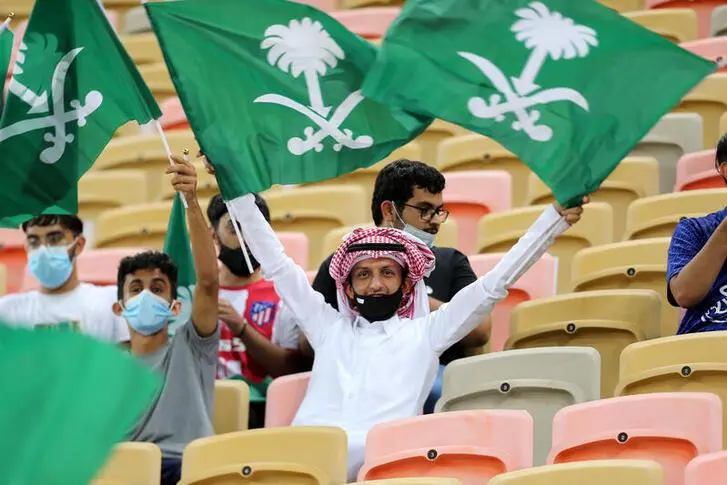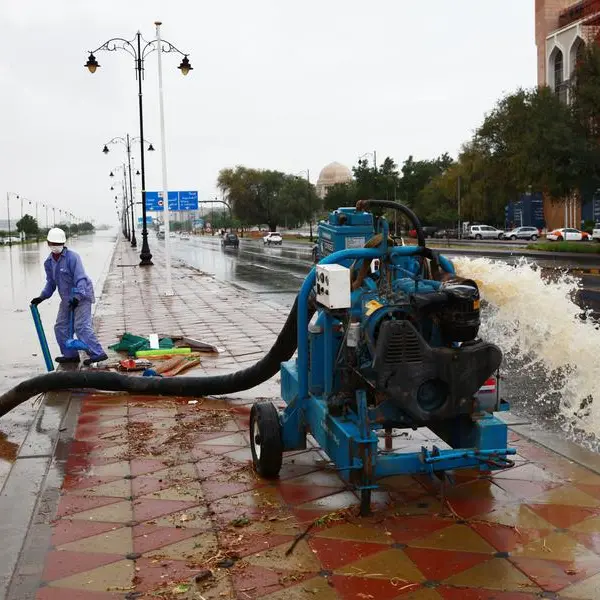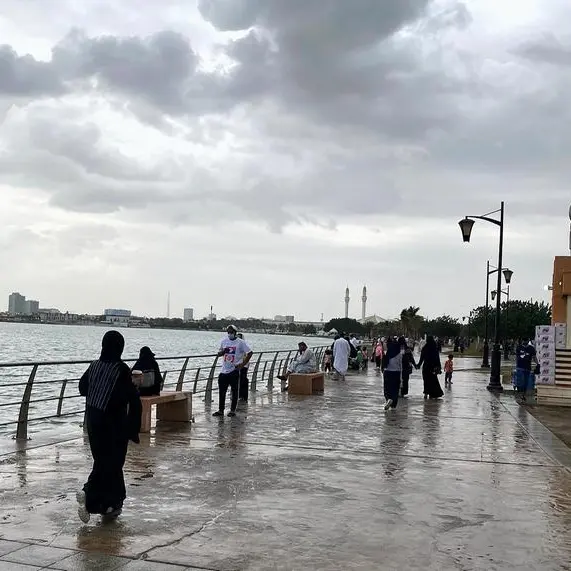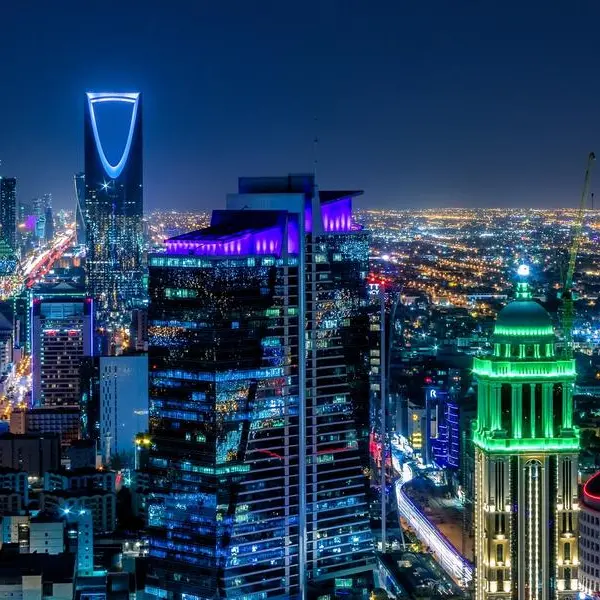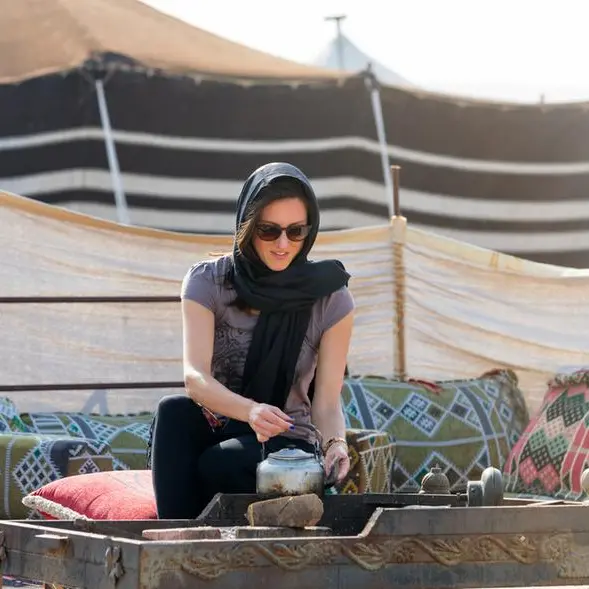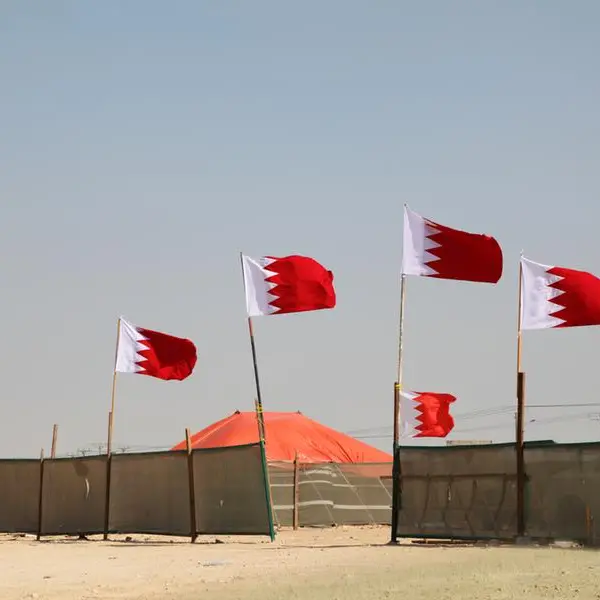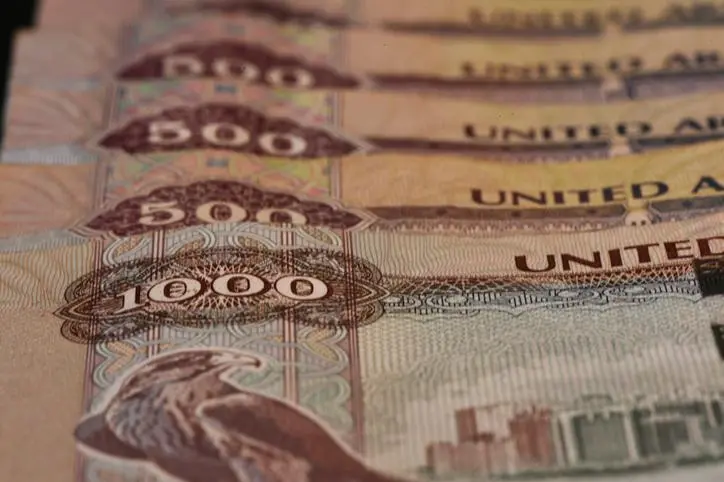PHOTO
Saudi minister of sport and president of the Saudi Arabian Olympic Committee, Prince Abdulaziz bin Turki Al-Faisal, unveiled the plan that aims to develop the sports sector in general and organize the work of the country’s sports federations.
The initiative will also create an infrastructure to support the federations and help increase the sector’s contribution to the nation’s gross domestic product by 0.8 percent, in the process boosting community involvement in sport to 40 percent by 2030.
Thanking the Saudi government for its backing for sport in the Kingdom, Prince Abdulaziz said: “The Saudi sports have achieved advanced steps globally, the latest of which is winning the bid to host the Asian Games in 2034 for the first time in the history of the Kingdom of Saudi Arabia, in addition to the increasing number of Saudi sports federations, from 32 in 2015, to 91 sports federations and unions this year.
“Today, we enter a new phase through setting a comprehensive strategy concerned with developing sports federations in various games and making an athlete generation capable to compete in various tournaments, games, and sports to raise the name of the Kingdom of Saudi Arabia high in major regional and international events,” he added.
Federations will receive support based on meeting certain criteria. These will include having to develop the game, increase player numbers, compete in regional and international tournaments, promote sports tourism, help raise the popularity of the game in the Kingdom, contribute to the promotion of the country’s culture, heritage, and national economy, and create a range of diversified investment opportunities.
Funding for unions will be divided into two parts, the first being core financing to cover areas such as operating costs, and salaries. Catalyst financing will involve bundles of funding to reward trade unions for their development and results. Bodies will be required to prove operational capacity — strategy, objectives, organization, and governance — technical capacity in terms of strength and number of tournaments, and the extent of the development of human skills technically and administratively.
The new strategy will also include incentives for federations when players earn medals.
In the Olympic and Paralympic Games, a gold medal will be worth SR1 million, silver SR500,000, bronze SR250,000, plus SR100,000 for qualification.
The rewards for world championship medals will be SR500,000 for gold, SR250,000 for silver, and SR125,000 for bronze, while the Youth Olympic Games will see SR200,000, SR100,000, and SR50,000 awarded for gold, silver, and bronze medals, respectively, with qualifiers receiving SR25,000.
The Asian Games, the Asian Indoor and Martial Arts Games, and the Asian Beach Games will command SR240,000 for a gold, SR120,000 for silver, and SR60,000 for bronze, and the Asian Youth Athletics Championships SR50,000, SR40,000, and SR30,000 for gold, silver, and bronze, respectively.
Incentives in the Islamic Solidarity Games will see SR180,000 given for gold winners, SR90,000 for silver medalists, and SR45,000 for bronze. Federations will all also get SR50,000 in exchange for national records, and SR300,000 for hitting targets on community sports participation.
The prince also announced the launch of the Elite Athlete Development Program in a new form.
The scheme is aimed at improving the efficiency and preparation of athletes in the long term, implementing healthy lifestyles, achieving excellence in international sports, and creating high-performance environments based on international standards and sports theories.
The program will consist of three main phases involving the creation of the Saudi Olympic Training Center as an independent body managed under the supervision of the Saudi Arabian Olympic Committee, improvement of results and performance, achievement of advanced stages in the Olympic and Asian Games, preparation of a sustainable network of elite athletes, and benefiting from investment and competition opportunities in the final stages of the Asian and Olympic Games.
Elite players will be selected after reviewing their performance levels from 2018 onwards, with 180 targeted in the first year, rising to 480 male and female players by 2023.
Copyright: Arab News © 2021 All rights reserved. Provided by SyndiGate Media Inc. (Syndigate.info).
